Dear Editor:
The article in your July 2007 issue, “Over the Hump” by Sam McGowan was an ambitious undertaking as the statistics by the ATC (Air Transport Command), U.S. Air Force, were never complete because the enormous losses were too embarrassing to be revealed. CNAC (China National Aviation Corporation), the civilian airline with civilian pilots, flew the Hump the right way.
I am the historian for CNAC who flew 347 round trips over the Hump during World War II, 1943, 1944, 1945. I have laid down the statistics of the Hump operation in my book, Saga of CNAC #53, published by Authorhouse.
Sam McGowan made gross errors in his article, i.e., the armed forces lost two transports to Japanese gunfire in the entire war, when they lost 173 in October 1943, while CNAC lost two. This is proven and known information.
I won’t bore your readers with a lot of statistics, but it is well documented in my book that CNAC captains flying 33 of the oldest, smallest, underpowered twin-engine C-47s on the Hump accounted for one-seventh of all the freight delivered to China during World War II. At the same time on the same route, 3,000 ATC captains who operated 18 times as many modern, four-engine transports delivered the rest. CNAC transports only carried three tons per trip versus six tons for the larger ATC transports. CNAC only lost 81 lives, versus 3,800 by ATC.
Fletcher Hanks, Jr.
Oxford, Maryland
Dear Mr. Hanks,
I am thrilled to hear from a China National Airways Corporation veteran.
I am a little confused about your point, however. My source for the article is the official history of the U.S. Army Air Forces in World War II and the numbers I used came from it. You may or not be aware that the Military Airlift Command historical office was upset when the volume describing the CBI came out because it made the ATC look bad and they wrote a new article that was published in a later volume in the late 1950s. Still, even the Air Mobility Command only acknowledges the loss of seven ATC transports and 13 crewmembers to enemy action during the entire war. On the other hand, their operational losses were quite high, with at least 500 transports and 1,000 airmen lost on the Hump routes.
However, it is important to remember that these figures are only for the ATC part of the ferry, and do not include losses incurred by Tenth Air Force. Nor do they include losses sustained by troop carrier squadrons or bomber squadrons that were flying their own supplies from India to China. Still, I would have a hard time accepting that 173 airplanes were lost to all causes in October 1943 alone. The AAF history reports ATC losses of 143 transports to accident during a six-month period in 1943, but they don’t state the time period. To have lost 173 airplanes in one month in the CBI would have been a military disaster. Eighth Air Force bomber operations in Europe were less than that, and October 1943 was the worst month of the war for them.
I’m surprised at your reference to four-engine transports. After the ATC took over the Hump operation, they primarily used C-87s and C-46s. The ATC did not begin operating C-54s on the Ferry until the latter part of 1944 because they did not have the high-altitude capabilities to operate over the 15,000-foot ridges, not to mention that they were needed on other routes. ATC did continue operating the C-47s of the 1st Ferrying Group for a while, but eventually replaced them with C-46s. Still, there is no doubt that the CNAC did a much better job of hauling cargo, especially when considering the difference in resources. I wasn’t aware that the CNAC share was one-seventh of the total.
I’d love to read your book and communicate with you. As a Vietnam era airlift veteran, I am very interested in anything having to do with military air transportation.
Sam McGowan
Missouri City, Texas
Comments on the July 2007 Issue
Dear Editor:
The July issue has much to commend it: the interesting article about FDR’s devious preparations for war, the generous treatment accorded to Japanese troops by troops of the Kuomintang Republic postwar despite the atrocities committed by too many of those troops (who else has every covered that?), the article about the Italian armored force prior to and during WWII, etc. Author Blumberg did an excellent job of relating the general course of the Regio Esercito’s tank corps development, but his characterization of the Carro Armato P40, the Italian “heavy” tank, as comparing “favorably” with the German PzKpf IV (long or short 75mm gun version) is overly generous: the riveted armor of the Italian tank had a much poorer tensile quality, the two-man turret crew of P40 with rare or no radio carried the same severe ergonomic disadvantage as the Russian T-34-76, the M3 Light, and most tanks of the era. (Only the M3A3 Light model finally got a radio, an indication, by the way, of the low standards of pre- and early-war U.S. tanks.)
Peter Kross’s tracing of FDR’s preparations for war is insightful and candid. Unfortunately, Kross’s piece ends abruptly in mid-sentence on page 19. Do we have to buy a future issue to get the rest of the story? Or do you have a means of posting it on your website, etc.?
Dietz Ziechmann
Cleveland Heights, Ohio
EDITOR’S NOTE: The remainder of Peter Kross’s Top Secret article on FDR is on page 85. We inadvertently omitted the continued line on page 19 and the new heading on page 85 and we apologize for the inconvenience.
Australia Stands with Us
Dear Sir,
Some very dear friends of ours in Arizona, knowing that I am a very keen war historian, sent me your May 2007 issue, which I enjoyed reading very much. My main point here is to assure you that there wouldn’t be another Australian who would be more pro-American than myself. I have been to your country twice (1988 and 1996), made many friends there, and completing our world tour in 1996, we were able to say that in our opinion your courtesy, good manners, the abundance of good food, your own patriotism, and the way you treat tourists couldn’t be matched anywhere else.
Having said that, I now wish to congratulate you that at last we have an American magazine that gives credit to other countries who contributed to winning World War II, and this brings me to the Pacific War which very much involved us here in Australia. Because of Hollywood, many people in the world think that the U.S. won the war all by herself. In Flags of Our Fathers, page 58, James Bradley states that “America would stand alone in the Pacific, the Pacific would be America’s war.”
Bradley’s book is a masterpiece, but I believe that this one line spoilt it and is an insult to the thousands of Australian families who lost their boys in the savage fighting in New Guinea and other islands. The two highlights to us Aussies in WWII were Tobruk in North Africa and the Kokoda Trail in New Guinea. I won’t mention Tobruk at this stage, but after the Battle of the Coral Sea (mostly U.S. ships and planes), the Japanese landed in northern New Guinea and drove south to try to take Port Moresby by land, which was important to them as it had an airstrip from which they could begin the bombing of northern Australia. The first boys we sent up were mostly teenagers, some with three weeks’ training, while the Japanese were veterans from the war in China since 1936 and outnumbered the Aussies 10 to 1.
There are no words to describe the fearful conditions of the New Guinea jungles—constant rain, dysentery, mosquitoes, malaria, berri-berri, swamps and mountainous terrain, against a fanatical enemy who considered it an honor to die for the Emperor and Japan. The Japanese drove the Aussies to within 30 miles of Moresby, but our prime minister, John Curtain, against Churchill’s wishes, had brought our fighting men back from Africa, where they had been successful against the German General Rommel and his “Africa Cor.”
These tough veterans got here in the nick of time, and from then on the Japanese were pushed back the way they had come over the Owen Stanley ranges all the way to Gona and Buna on the north coast. There the Americans joined the Aussies, shared foxholes, and forged a successful alliance that is still talked about today. Such battles as Gona, Buna, Salamaua, Scarlet Beach, Finchhafen, Lae, Bougainville, Madang, and many more were all joint U.S./Australian battles. Yes, Guadalcanal was 100% American, just as the Kokoda Trail was 100% Australian. If your readers are interested in the American occupation of Australia during World War II, I suggest they purchase They Passed This Way by Barry Ralph, which is available in the U.S. There is information in this book that will stagger the most informed war historians.
I would like to conclude by saying this: Australia has stood by the United States in every war since World War I, and our boys are with you at this time of writing in Iraq and Afghanistan. In Vietnam your soldiers referred to our boys as “Little Brother” from “Down Under.” That’s fine, mate, as long as you do recognize that we are with you.
Ken Knuth
Thuringowa Centr., Australia
Note: Opinions expressed in “Dispatches” do not represent the opinions of the writers, editors, or staff of WWII History or Sovereign Media.
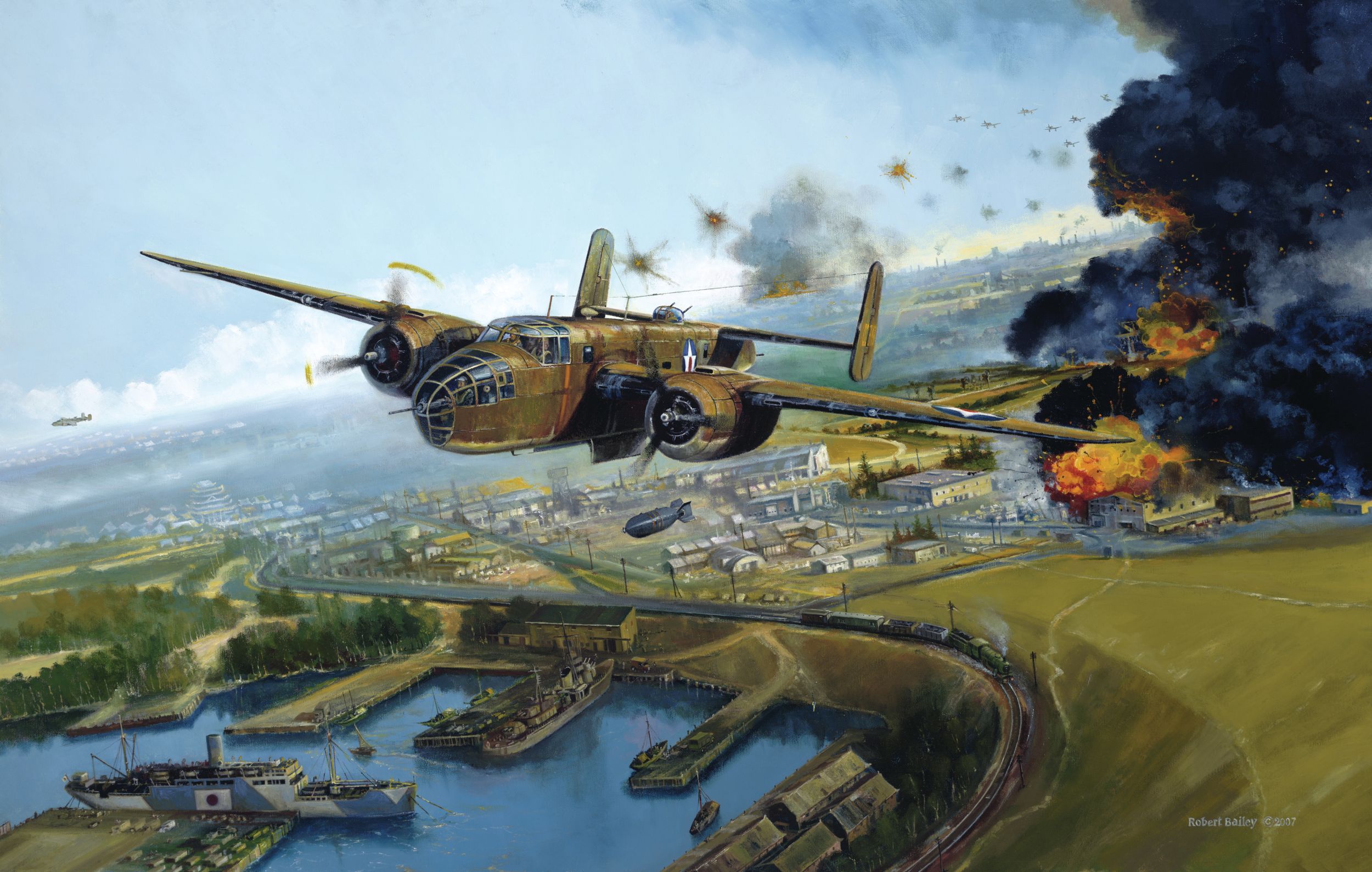
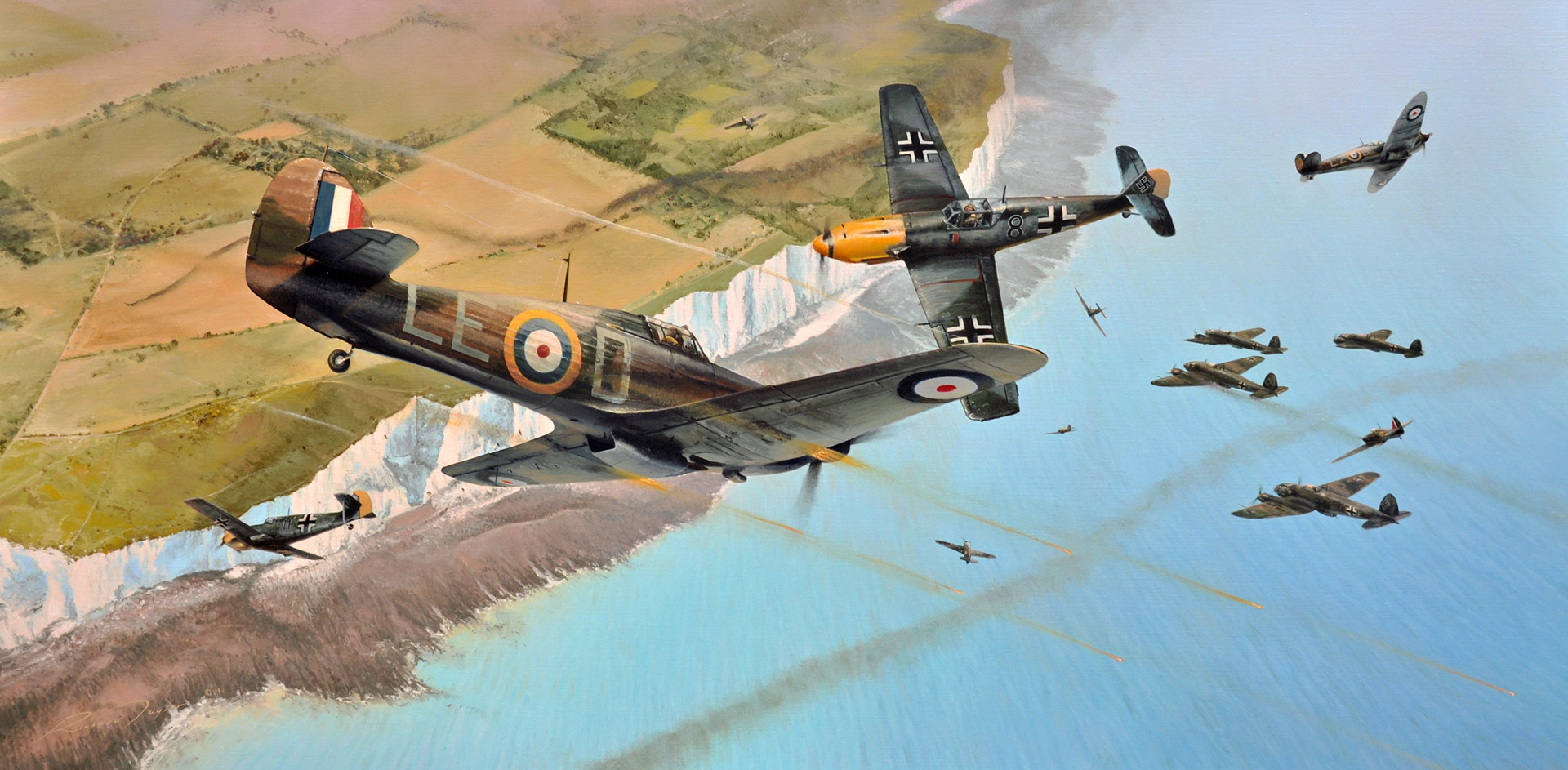
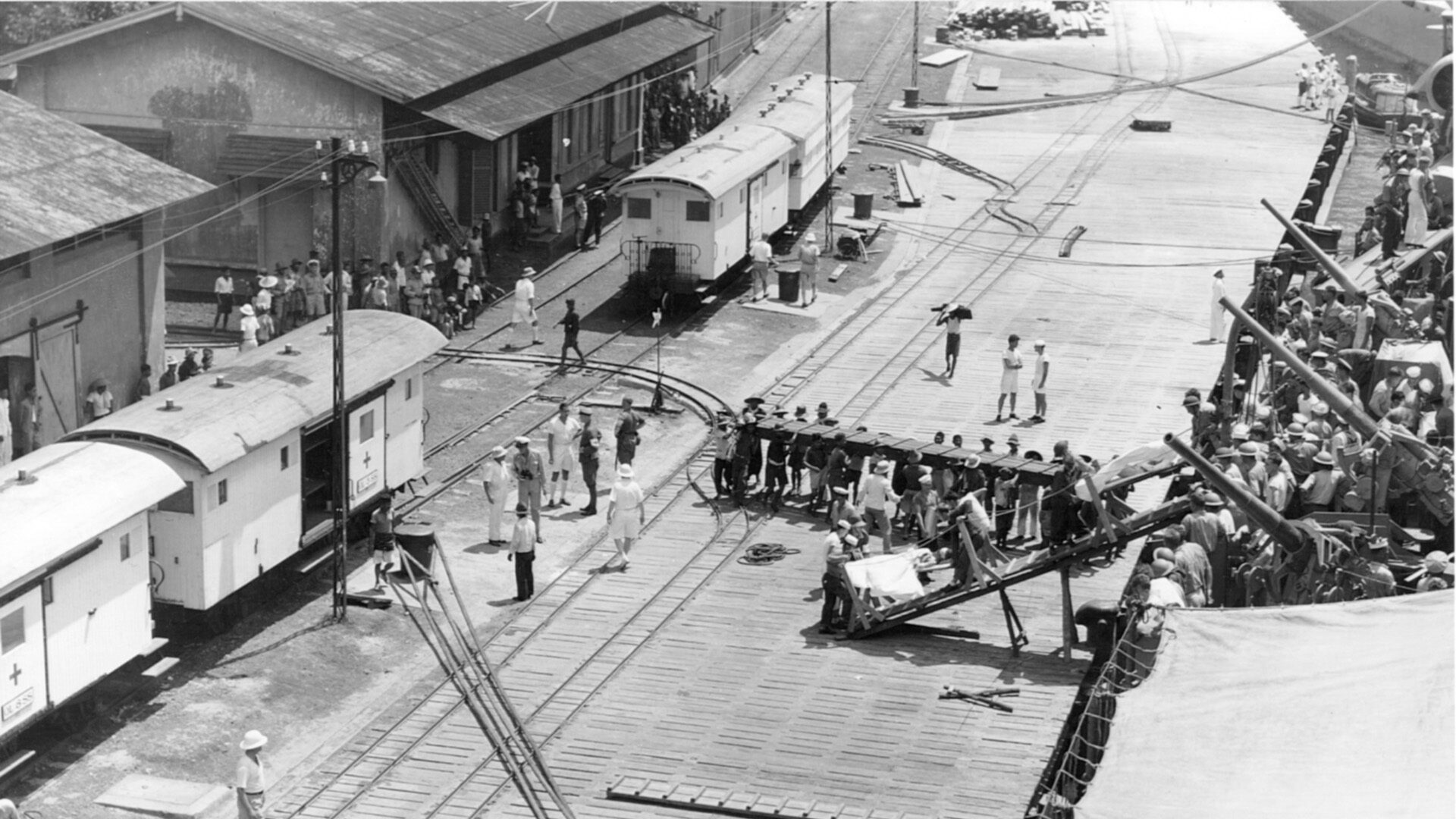
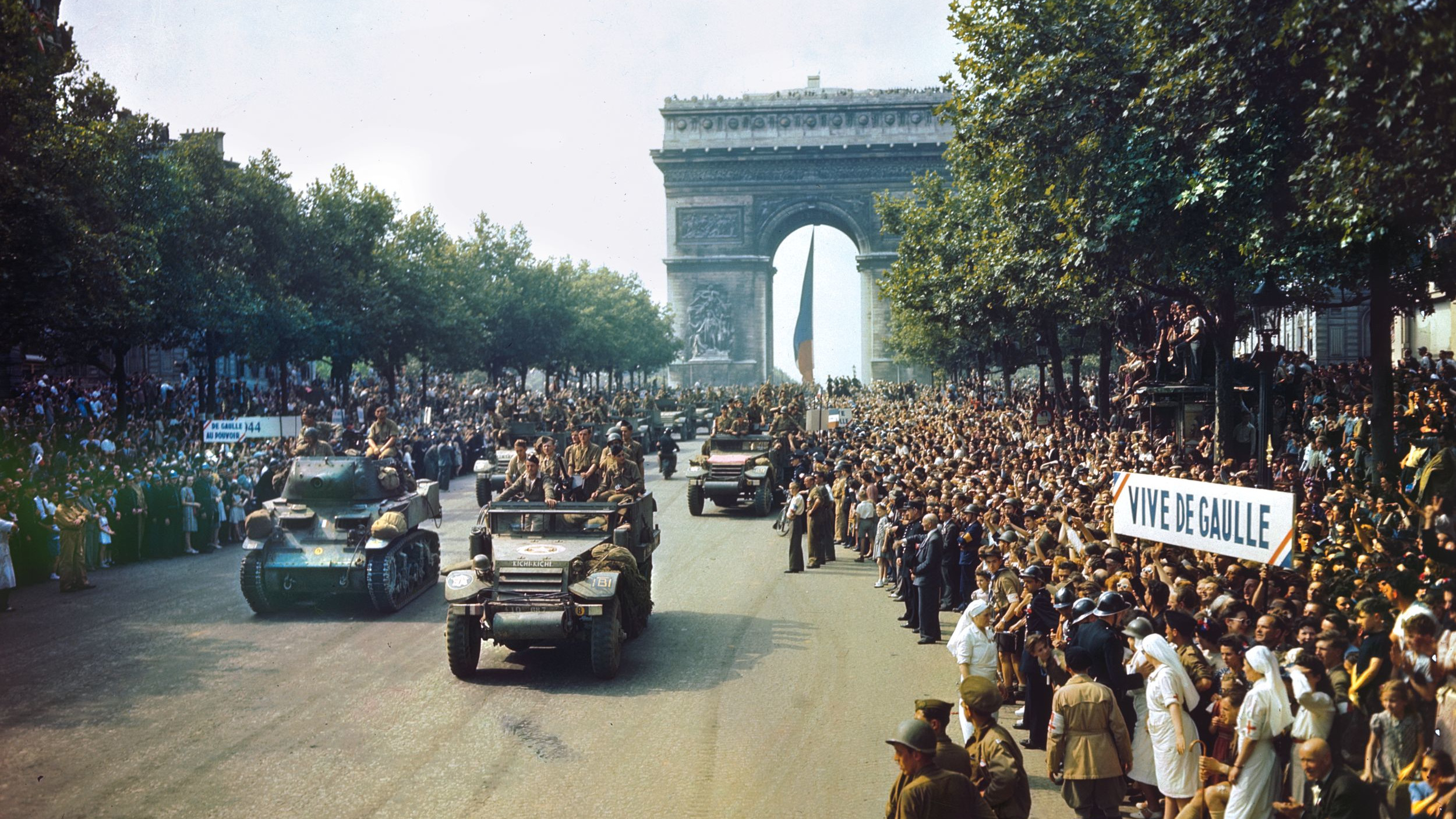
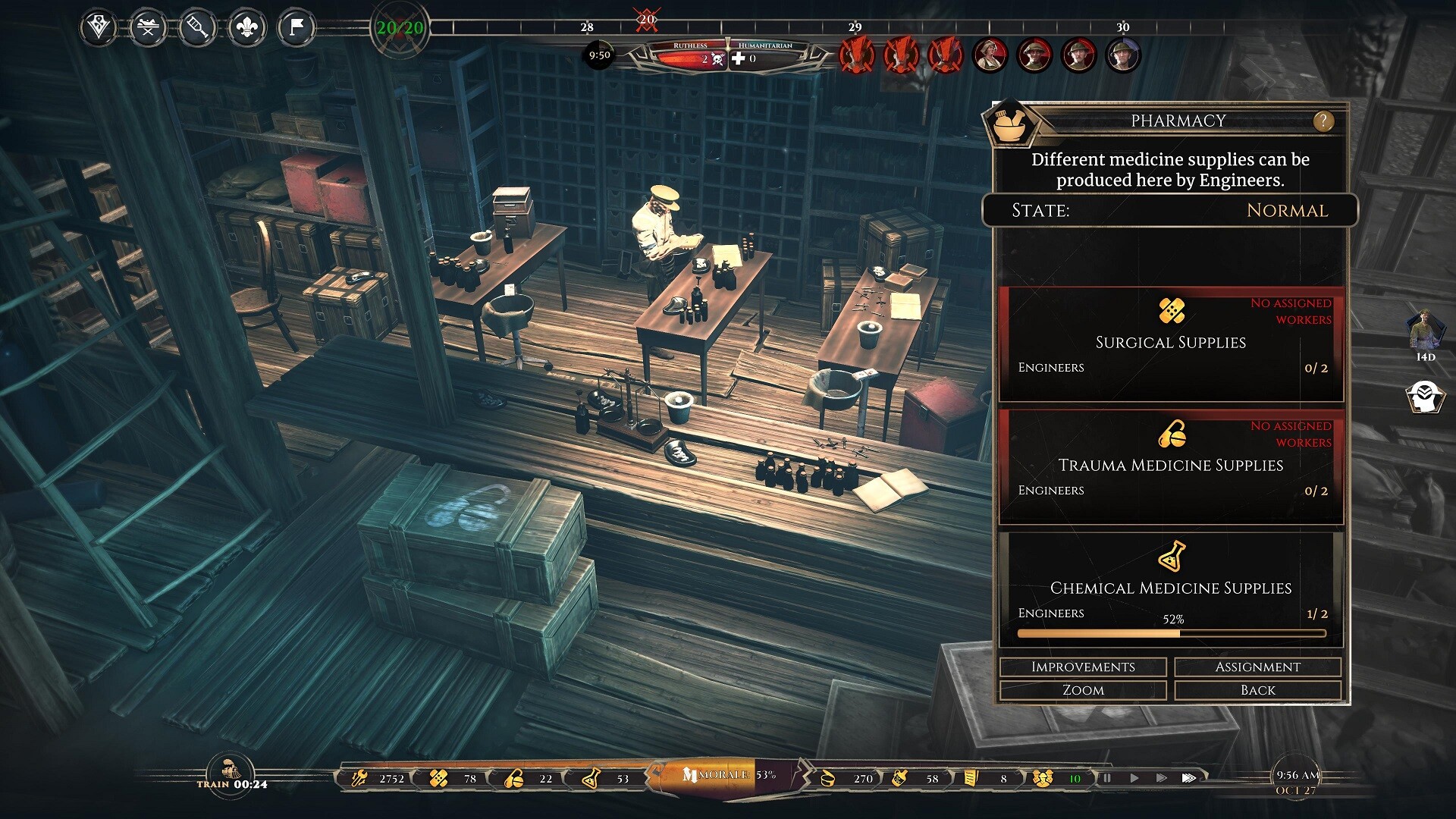
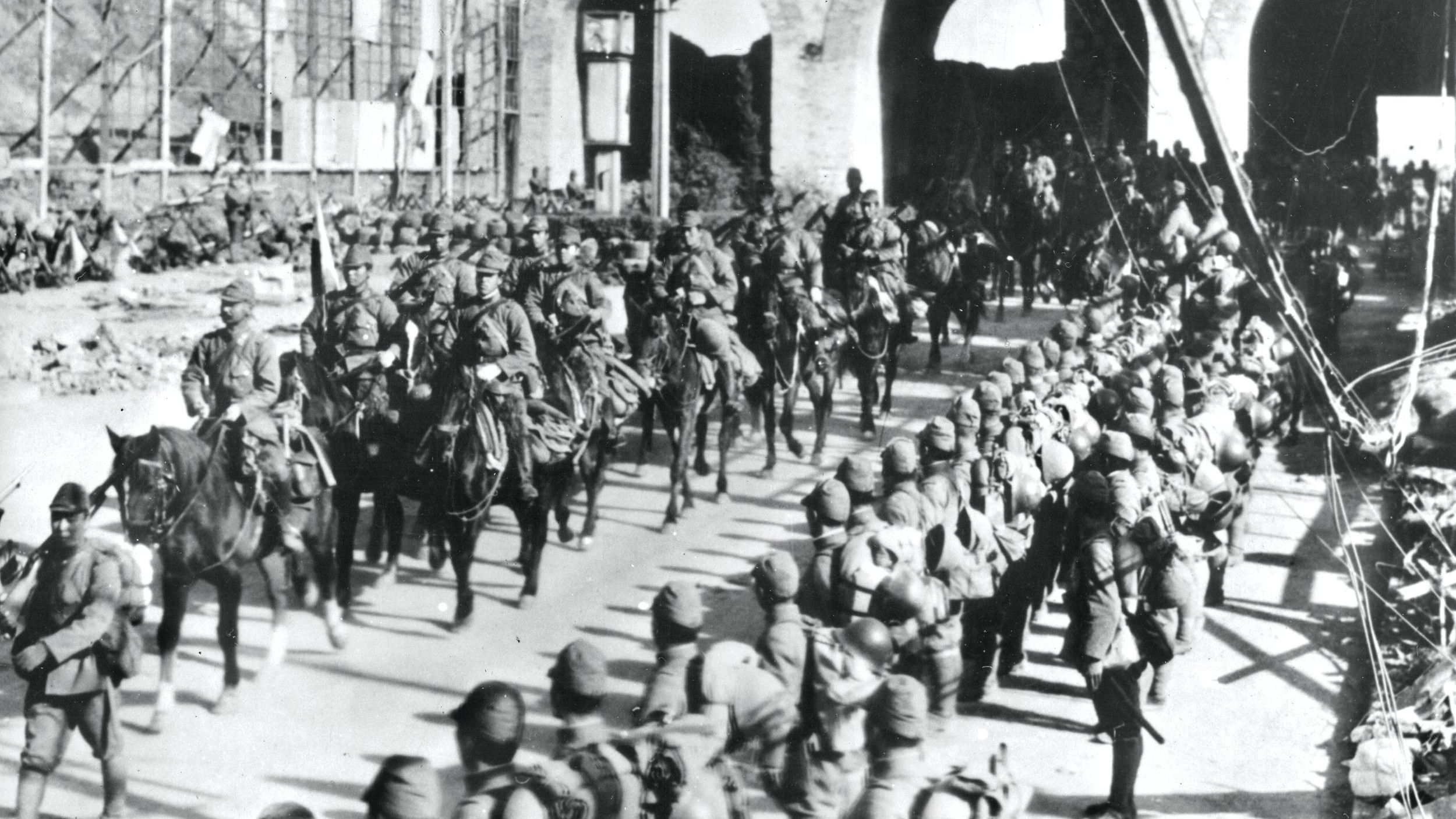
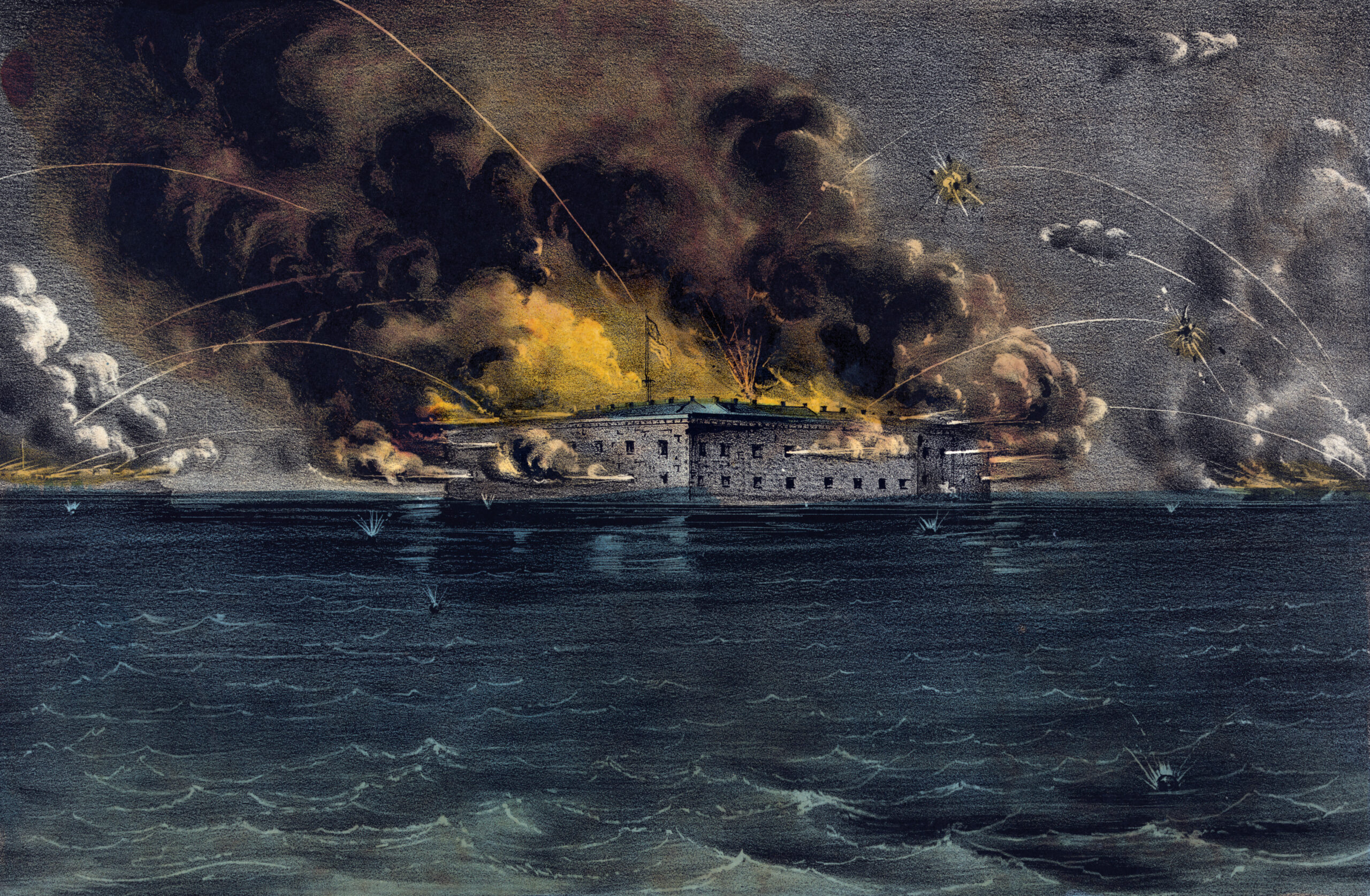
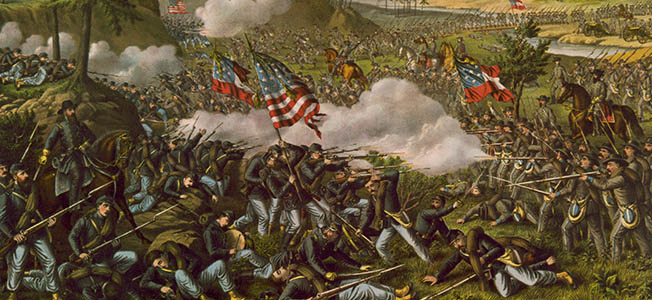
Join The Conversation
Comments
View All Comments